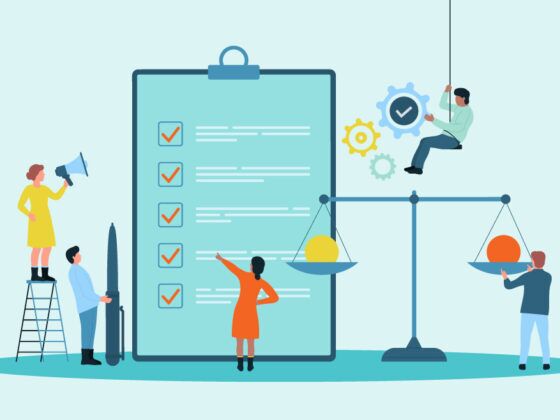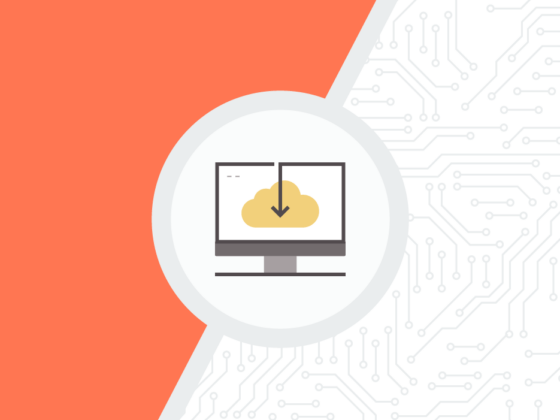Learn how to manage ediscovery expenses and get the most out of your investment in legal technology in Part 2 of our series on Comprehensive Ediscovery Case Management.
Recovering discovery-related costs from clients can be a challenging feat for many law firms. There are several schools of thought on how attorneys should deal with costs that are incurred while working on a client’s behalf, which we covered in our webcast on Comprehensive Ediscovery Case Management. Here are some highlights from the webcast that hone in on the business end of ediscovery.
It only makes sense for attorneys to have some confusion about how to bill their clients for necessary software, time, and resources while remaining within their ethical guidelines. When the Nextpoint team visits law firms to discuss the pricing model on ediscovery software, our representatives usually hear one of two things:
1. Can I pass these subscription costs onto my client while meeting ethical standards?
2. How can I recover these software costs since they aren’t specific to any one client?
Ethical Guidelines for Ediscovery
To help answer these questions, we conducted a high level survey of the relevant ABA rules and formal opinions regarding ediscovery costs.
The ABA model rules of professional conduct serve as the “true north” guide to the ethical rules of most jurisdictions, whereas the formal opinions serve to dissect those rules in specific circumstances. These rules aren’t binding in any court, but they do provide an excellent guideline for attorneys concerned with billing for expenses incurred on a client’s behalf.
Now, there are many reasons you may not want to pass ediscovery related costs on to your clients. You may prioritize keeping a certain client happy rather than having your ediscovery expenses recovered, or maybe your client tells you right out of the gate, “I ain’t payin’ for that!” The key here is whether or not you decide to recover ediscovery costs, it’s a business decision, not an ethical one.
The ABA model rule 1.5 covers two principles establishing which fees are appropriate when billing clients under various conditions. Here are two major aspects of the rule:
1. The Reasonableness Standard: Lawyers are prohibited from charging unreasonable fees or unreasonable amounts of expenses.
Sounds… reasonable, right? If this rule seems ambiguous, that’s because it was written to be. There are eight factors provided in the text to help smooth out some of the uncertainty as to what “reasonable” even means. Here are two of them:
1. A fee may be deemed reasonable based on the time, labor, novelty and difficulty, and the required skills
2. A fee may be deemed reasonable so long as it aligns with fees customarily charged in a locality with similar legal services
2. Communication and Transparency: The scope and the amount of costs the client can be expected to build up should be communicated, preferably in writing, prior to the services being provided.
Be appropriately communicative to the client. Write down your expected ediscovery expenses and share them with your client in a written agreement. This allows both the attorney and client to remain comfortable with the level of work and expenses being incurred on a client’s behalf.
We share all of this to illuminate how doable it is to appropriately and ethically recover costs from your client while following recommended guidelines. Odds are, most attorneys are very familiar with the basic ideas of these principles – now, let’s apply them to ediscovery costs.
The 3 Categories of Expenses
Formal Opinion 93-709 is a helpful reference attorneys can use when deciding which costs to recover from clients. These three categories of expenses are a great place to start when determining a law firm’s cost recovery plan for ediscovery:
1. General overhead expenses: Costs not specific to any client. (Think: Renting office space and paying monthly utilities.)
2. Disbursements: Expenses pinned to a specific client that an attorney will pay for and in turn bill the client for the expense. (Think: Hiring private investigators or purchasing a plane ticket to attend a trial.)
3. In-house provision of services: Client-specific costs incurred on a subscription basis rather than a one time fee. (Think: Legal research or photocopying.)
The ABA has ruled plenty of times in favor of attorneys recovering costs, demonstrating it’s not only ethical for attorneys to earn profits from their efforts in a case, it’s expected. Communicating expected costs to the client and playing it fair is always the key.
Build A Program For Cost Recovery of Ediscovery Expenses
Financial considerations can be complex based on the kind of cases a firm handles. Here are some steps for creating a solid cost-recovery program within your firm:
Step 1: Create a cost allocation model.
What’s the most logical cost-driver in your practice? Attorneys can try to base their main cost-driver on these factors:
- Number of cases
- Amount of data imported
- Amount of data hosted
- Number of users
Nextpoint built a calculator where attorneys can simply input their costs, subscriptions, number of cases, or even gigabyte usage to easily allocate billing percentages based on cost-drivers. Click here to test it out.

Step 2: Draft an engagement letter.
Again, transparency is important when it comes to recovering costs. Draft ediscovery costs into retainer agreements, allowing clients to review them prior to any work being done. Check out our sample engagement letter which includes specific language on recovering discovery-related costs.
Click here to see the sample engagement letter.
Step 3: Engage your staff in the process.
So far cost-recovery seems streamlined and simple, but how is this best managed internally? Addressing this question brings us two more:
-
- How do I get organized and engage staff in the process of building a cost-recovery program?
- How do I build a repeatable process that will save time and money?
Our answer? Build your technological literacy and usage throughout the practice, especially in performing ediscovery related tasks.
ESI usage is becoming more critical every day. Statistics from 2020 show over 50% of law firms agree that increasing their technological literacy and services is necessary within the next year. As was mentioned in Part I of this blog, it’s no longer an option for attorneys to bow out of learning and implementing technology into their practice.
How to Get the Most Out of Your Legal Tech
Maintaining transparency with clients on tech-related costs and usage will be easier when the whole firm is on board with your technology strategy. Plus, a cohesive firm-wide strategy will help you assure your clients that your tech is worth the investment.
The first step in establishing a tech strategy is to form an internal technology committee. Similar to the ESI protocol team discussed in Part I, this group should be diversely made of attorneys, paralegal staff – anyone who will be utilizing company software. A tech committee works best when everyone on the committee is well-versed on the market to ensure the technical knowledge can spread throughout the practice.
Be open to adding both technologically advanced individuals as well as those not-so-tech-savvy folks to your committee – the goal is to bring everyone up to speed. It’s also important to know what will work in practicality. The process does no good if the entire committee isn’t dedicated to utilizing technology and resources.
Next, establish an implementation plan and figure out how each new case will mesh with the chosen software. Construct SOPs, protocols and checklists for how to best manage the process. Nextpoint offers a template firms can use to build checklists based on the types of cases they are working with. Attorneys running a smaller operation can verbally express their plan to employees, whereas high-volume firms will most likely want to draft a firm-wide memo.
Design a centralized repository of resources and training materials. The “New Case Checklist” is one of our favorite resources to share with clients during software implementation. It helps firms stay on track while creating and executing a technology implementation plan. We advise centralizing the softwares using Nextpoint’s “Account HQ,” a kind of hub for storing and managing software. This makes it easy for any employee at a firm to scroll through organized resource options.

Finally, it’s time to use the plan your committee has implemented to spread an understanding of your new tech strategies among all employees. These procedures might seem like overkill to some, but when you – and your clients – are investing in technology, it’s important to make sure your organization sees the full benefit of this investment. Additionally, this level of organization and documentation allows for greater transparency and easier communication when you pass through these costs to clients.
Watch the Webcast
Watch the full recorded webinar on Comprehensive Ediscovery Case Management to learn more about the Business of eLaw and minimize ediscovery expenses. Or, if you’re ready to start working on your eLaw SOPs, reach out to our team of legal experts. They can help you set up a training program and establish best practices for your firm.







